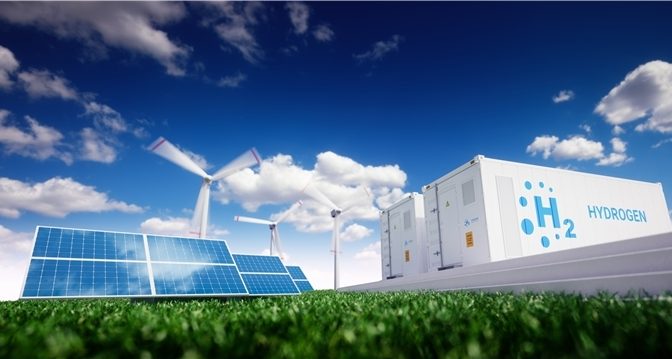If Statkraft were a seafaring vessel, then SVP and Head of New Business Bjørn Holsen would be its lookout – the person tasked to study the horizon and act on whatever is coming their way.
Bjørn Holsen was there when the Norwegian continental shelf was being developed. He was part of the burgeoning oil and gas industry that would leave an indelible mark on his home country. Holsen recalls it being a hectic era but well worth the effort because “it was about building revenue machines for our country.”
“The bigger picture has always driven me, which is why I found my move into renewables so motivating, even though I was perhaps a decade too early in this industry,” he says, “…before renewables were really on anyone’s radar.”
Holsen’s Statkraft journey began in 2001, where his quest for an even bigger picture eventually led him to Manila (in 2010). It was a time when the country’s hydropower plants were being privatised, and Statkraft’s subsidiary SN Power had committed to raising the standard of the local facilities to provide electricity to surrounding areas.
“Going to the Philippines was a major decision for me. But I wanted to seek other perspectives and be a part of modernising power plants in a completely different environment.”
The search for ‘what’s next?’ in the power industry
If there was one word to describe the constant in Holsen’s career it would be ‘new’. He’s the person in Statkraft who is always working on the stuff they haven’t done before, whether refurbishing power plants in the Philippines, helping the company expand into the UK, or even bringing hydropower to Southeast Asia and Turkey.
“I’m continually fascinated by new stuff and exploring new directions for Statkraft. And that’s exactly what I’m engaged in now.”
Holsen describes his career in a serendipitous way, each decision leading to another. And whether it be fortune or fate, the perfect role for him was created in 2017, one that would bring together all the exploratory initiatives within Statkraft to give them the attention they deserved. The unit was appropriately titled ‘New Business’ and it’s been Holsen’s baby ever since.
“We started with around 14 people and now we’re more than 50, in addition to developing a separate EV charging company with more than 150 employees.”
Statkraft’s top New Business priorities
The New Business unit of Statkraft has experienced steep growth in its four short years of existence. Holsen and team have made clear priorities in this time, focusing on the key growth areas that Statkraft is betting on for the future. Holsen gives a rundown on each:
1. EV Charging
“We’ve established a separate company for this to secure growth and increase our market share, the same as we did with SN Power years ago. We aim to be Northern Europe’s leading EV charging player by 2030.”
2. Hydrogen
“This will be an important part of the energy mix towards 2050, representing 10-20 percent of the European energy mix by then. But there is currently no market for it, so we need to develop use cases as an alternative to fossil fuels. Our ultimate goal is to be a leading hydrogen producer, and to get there we must work with partners to build the industry.”
3. Biofuels
“We are currently constructing a large demo plant for advanced biofuels outside of Oslo. This is a quite massive site designed to help us ensure that our technology works on an industrial scale before we jump into a full-scale facility. Our goal is to take our place as frontrunner in advanced biofuel technology and production.”
4. Building new industries
“Right now, we are focused on data centres as part of our R&D efforts. We have just sold one large piece of land to Google to develop for that purpose, and we will cooperate with Google to make it ready. We are also seeking other partners who want to build new, green industries in Norway – creating more jobs, more activity and more green growth in the country.”
The road to new business by 2025
One of the key pillars of the overall Statkraft strategy is about new business, and Holsen’s unit is responsible for ensuring at least one or two business lines are developed by 2025. He says it’s important that the entire company sees this as a goal, which makes it more tangible and “not just a marketing tool” he says.
“We have a good pipeline to reach our target. Our portfolio now is probably broader than we will end up with, but it’s important to learn and find out which initiatives fit us best over time.”
Holsen says he’s not looking for history to repeat itself by discovering Norway’s “new oil” in the form of one of his ventures. Rather, he says, he’s constantly on the lookout for the new opportunities that can help Norway and the rest of the world create wealth and prosperity in a greener, cleaner way.
“We need to act now and be forward-leaning, to use the resources we have to create a frontrunner position in our new business areas – giving us many possible answers to the commonly asked question: what comes after oil?”


